Precursor to the Mỹ Lai Massacre: 1968 Phong Nhị, Phong Nhất_Postscript
Postscript: Introduction of Major characters
Taking a closer look at the characters in this book.
These are the people whose names have either appeared or will appear in this series. In order to aid the readers’ understanding, the characters are divided into two groups:
1. The people who set foot in Phong Nhị and Phong Nhất, Quang nam Province, on the fateful day of February 12, 1968. South Korean military officers and soldiers who searched for village residents that miraculously survived the devastating massacre as well as witnesses, and the South Vietnamese and U.S. soldiers who were engaged in relief work after the incident.
2. The people of the year 1968, whose footprints were honorable, despicable, or even heartbreaking in a time when revolution was so ubiquitous. Leaders and decision makers of states or big organizations, revolutionaries who resisted and tried to change the tide of history, and helpless civilians who incurred collateral damage in such a turbulent time.
The people on the day of February 12, 1968
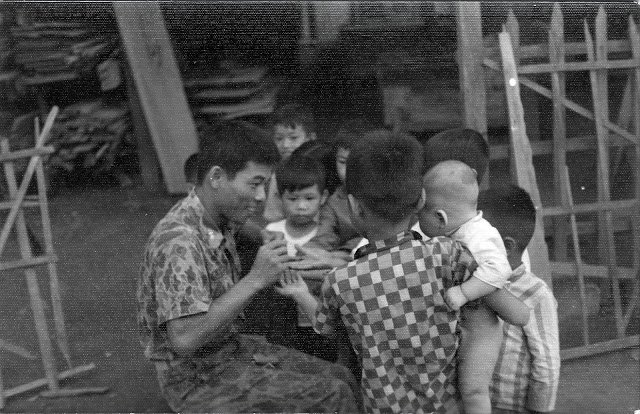
Choi Young-un 1942~2018
1st Platoon Commander of the 1st Squadron, 2nd Brigade of the ROK Marines. On that fateful day, he becomes the first to enter Phong Nhị. After sending away a wounded soldier who was shot by an enemy sniper, he begins searching the village.
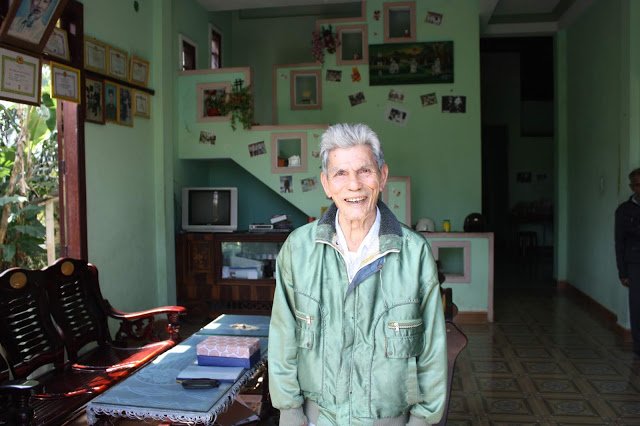
Nguyễn Xu 1929~2015
The leading Viet cong supporter of Phong Nhị. From the time of the French colonization, he had been both directly and indirectly involved in the national liberation movement. He is able to evade the horrible massacre, but he witnesses the event from his home.
Trần Văn Tha 1957~
The boy who narrowly escapes death. Witnesses his mother being killed by U.S. soldiers, and a year later, witnesses his neighbors (who had been hiding in his bomb shelter) get killed by Korean soldiers. He later grows up to become a Viet Cong.
Trần Văn Năm 1944~
Viet Cong sniper, Hue, escapes from the South Vietnamese recruit training center and goes up to the mountains to receive training as a Viet Cong. Lives in his hometown of Phong Nhất and targets South Vietnamese and Korean soldiers with his AK47.
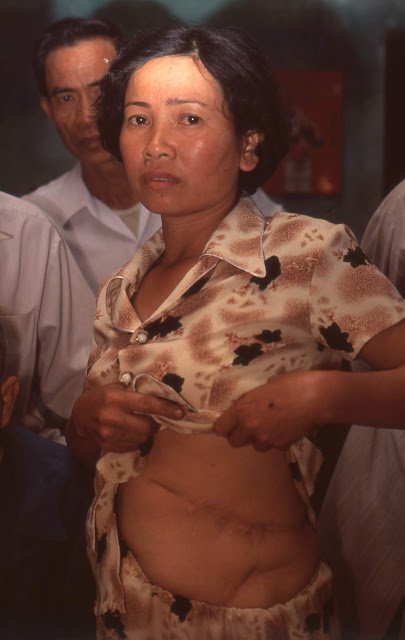
Nguyễn Thị Thanh 1960~
The girl who miraculously makes it alive from the massacre in which she loses her mother, sister, younger brother, maternal aunt, and cousin. She sheds a lot of blood after having been shot by a Korean soldier, but manages to escape the scene with her older brother.
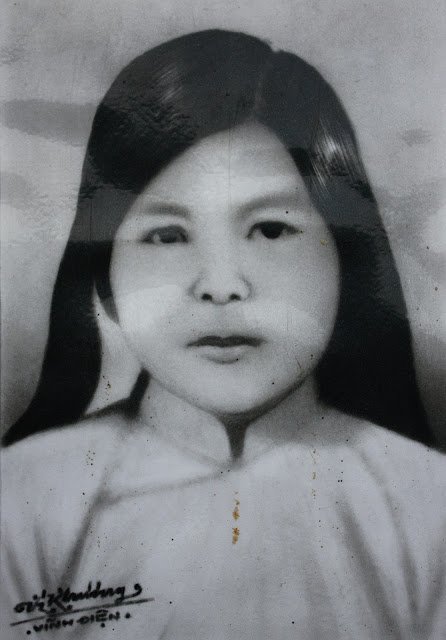
Nguyễn Thị Thanh 1949~1968
The woman who is found dead in the fields in the most grotesque manner with her breasts cut off. She had been visiting her hometown with her mother and younger sister for the New Year celebration and couldn’t return because of the martial law that suspended travel and therefore incurs such horrible fate.
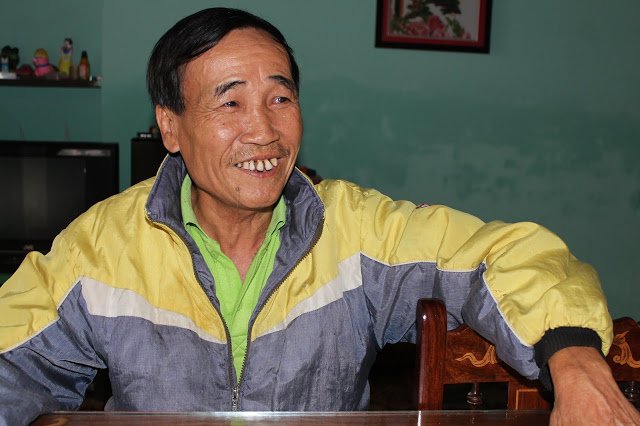
Trần Diệp 1953~
The boy who is injured when the village is set aflame. He had come out of hiding to protect his water buffalo when he is shot in the leg. He nonetheless limps around the corpses lying in front of his house, searching desperately for his younger sister.
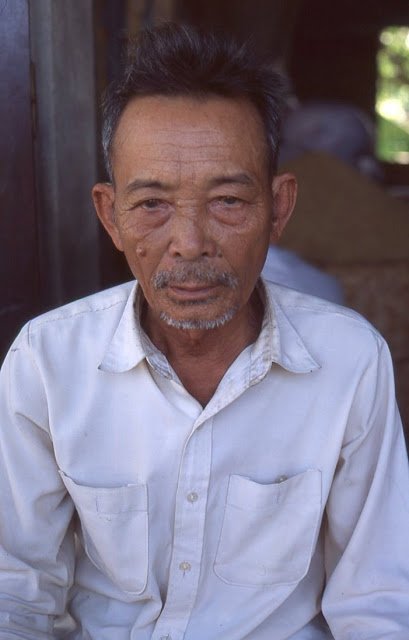
Nguyễn Xá 1938~2006
South Vietnamese militaman, who, despite that the village where his relatives reside was burning, watches frantically from the number one national highway without being able to enter. Only after the incident is he able to put his injured nephew on a helicopter and take care of the remaining corpses.
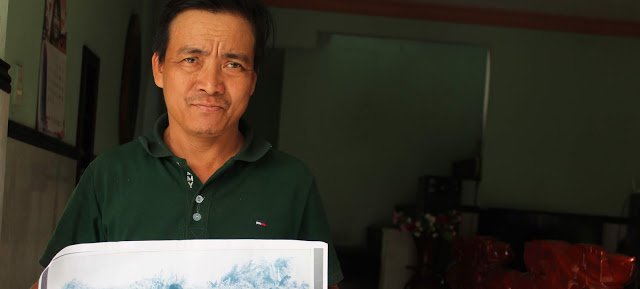
Lê Đình Mận 1967~
The baby who was asleep through it all. Falls to the ground without awakening in the arms of his mother who was breastfeeding him in the field. His mother is shot to death, but he makes it through without so much a scratch.
(no image)
J. Vaughn 1948~1994
The U.S. Soldier who takes photographs of the corpses upon arriving at the villages with the South Vietnamese militiamen for relief work. His records remain classified for 30 years after he submits them as a report to the superior office.
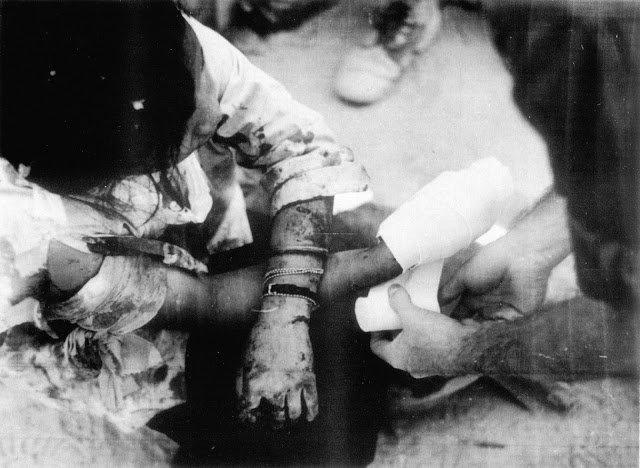
Trần Thị Được 1952~1999
The girl who suffers serious injury. She is left alone after she loses her mother, father and three younger siblings. She is the only survivor to be photographed by U.S. soldiers. She later becomes a Viet Cong.
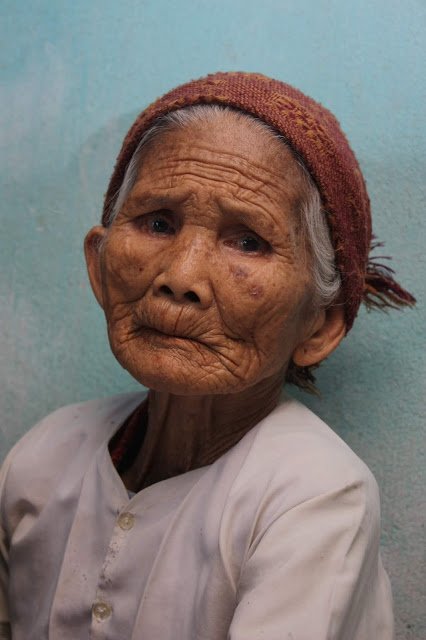
Trần Thị Được 1927~
The middle-aged woman who also suffers serious injury. She runs into Korean soldiers on her way to the market to prepare for the lunar new year festival. She is shot to death and buried under piles of corpses, later to be found covered in blood.
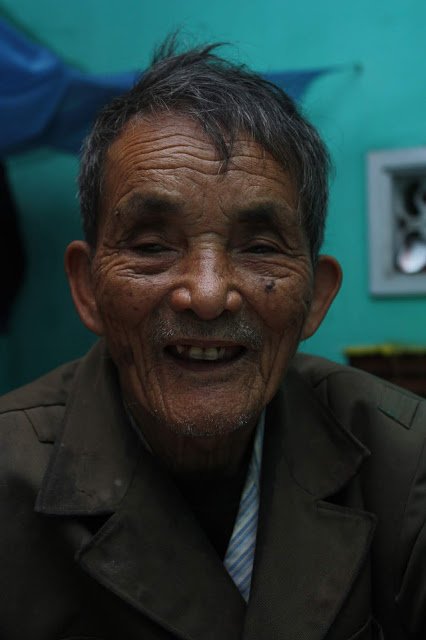
Phan Lường 1926~
The most fortunate head of household in the entire village. All nine of his family members go into hiding at their neighbor’s home where the water buffalo block the soldiers from entering so nobody in the family gets hurt.
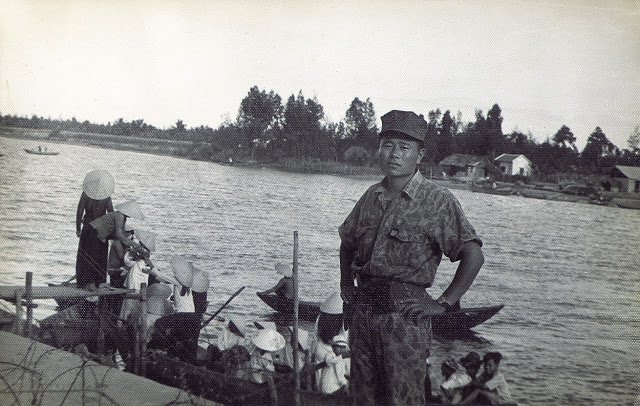
Seong Baek-woo 1937~
ROK Marine Corps 2nd Brigade Military Corps Investigations Chief. He lives with a lifelong sense of debt because he isn’t able to refuse orders from the Marine Corps to manipulate incident reports.
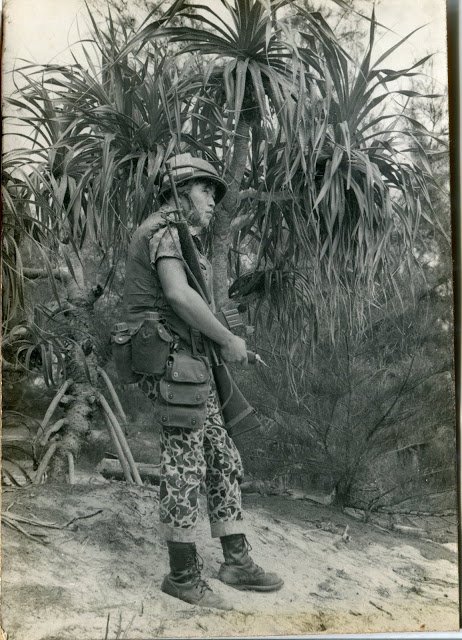
Ryu Jin-seong 1946~
ROK Marine Corps 2 Brigade 1st Squadron 2nd Platoon. He is filled with shock to see a senior soldier slaughter an old man for no reason at Phong Nhị. He makes an anonymous testimony through a video at the Civil Peace Court in 2018.
2. The people of 1968
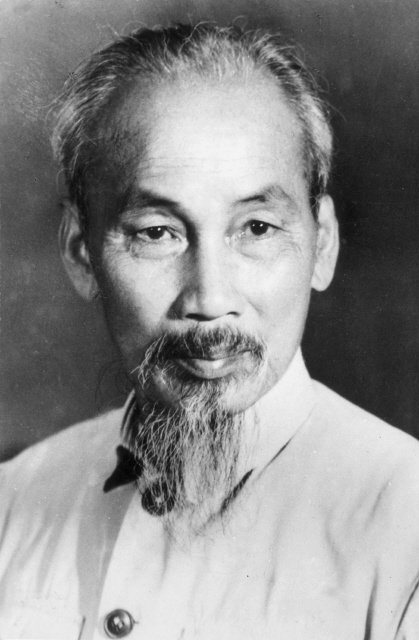
Hồ Chí Minh 1890~1969
Vietnamese independence fighter and father of state. While fighting against the U.S., he took on a simple yet saintly image to promulgate Vietnam’s situation to the rest of the world. He was revered not only by the northern public, but also by the people of South Vietnam.
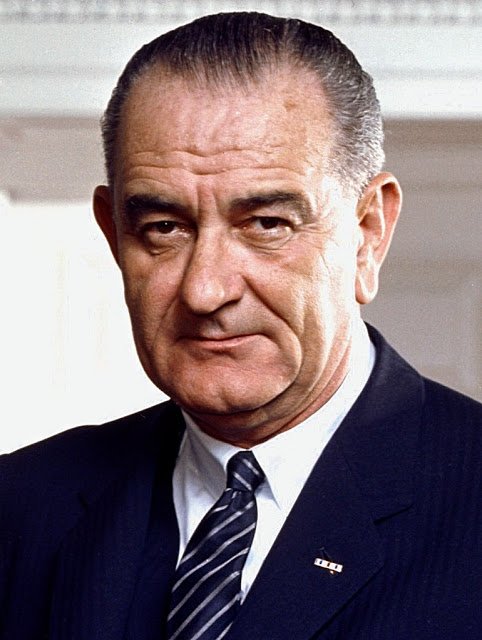
Lyndon B. Johnson 1908~1973
President of the United States. He was able to prevent the Tet Offensive devised by the North Vietnamese Army and Viet Cong, but experienced unexpected and overwhelming opposition from the public. He proposed a peace talk with North Vietnam, and stepped down from the presidential election of 1968.
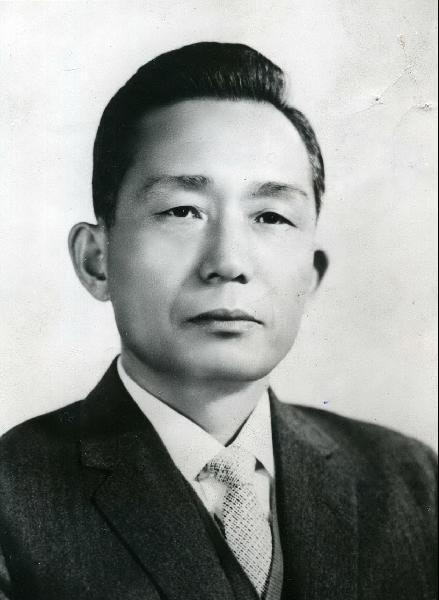
Park Chung-hee 1917~1979
President of the Republic of Korea. He used his near assassination in January of 1968 to legitimate his prolonged dictatorship. He pressured the U.S. to wage a retaliatory attack against North Korea. He ordered a special investigation on the Phong Nhị, Phong Nhất incident to the Korean central intelligence agency.
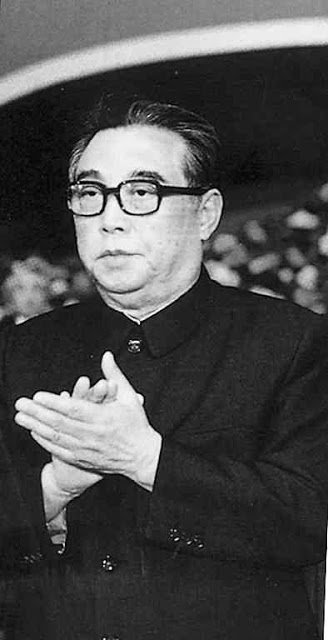
Kim Il-sung 1912~1994
The supreme leader of the Democratic People’s Republic of Korea. He made clear at the National People's Congress, that DPRK would support its Socialist comrade state, North Vietnam. Although DPRK did not dispatch ground troops, it sent special forces to South Korea to heighten tensions on the Korean peninsula.
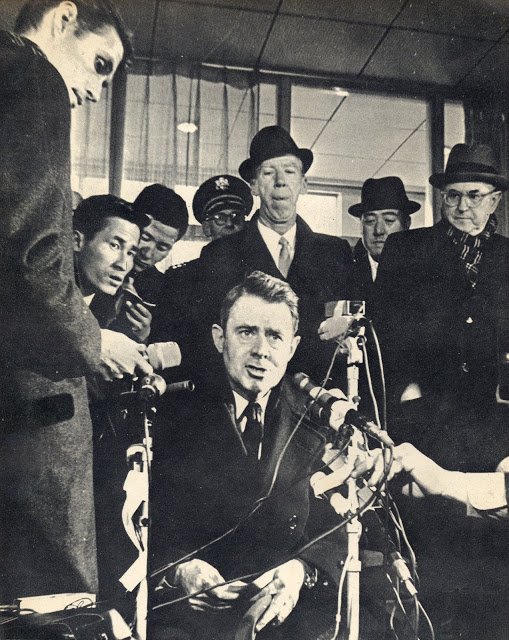
Cyrus Roberts Vance 1917~2002
Special Envoy of President Johnson. He traveled to ROK to appease Park Chung-hee, who was furious at the U.S’ tepid reaction to the invasion of ROK by the DPRK’s special forces. He was given the cold shoulder throughout his entire stay.
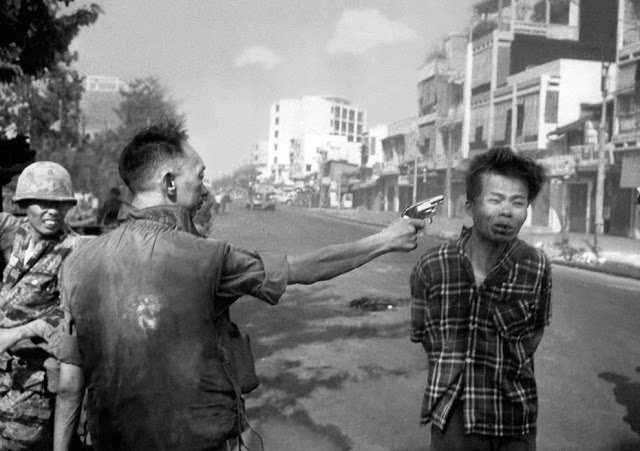
Nguyễn Ngọc Loan 1930~1998
General of South Vietnam and Director of Saigon Security Bureau. He wielded his power, pulling the trigger of his revolver on the head of the Viet Cong captors in the open streets of Saigon. He was eventually shot by a Viet Cong.
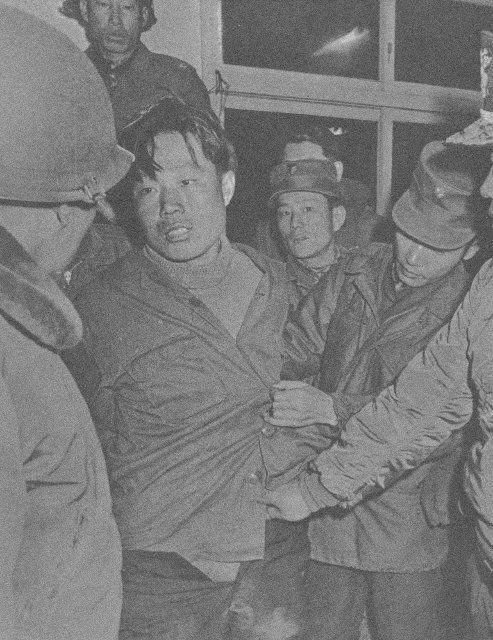
Kim Shin-jo 1942~
The only surviving captor among the North Korean special forces who made it all the way to the front of the Blue House with a mission to behead Park Chung-hee. He became a convert and actively cooperated with the South Korean government at the urging of his investigator. Later became a pastor.
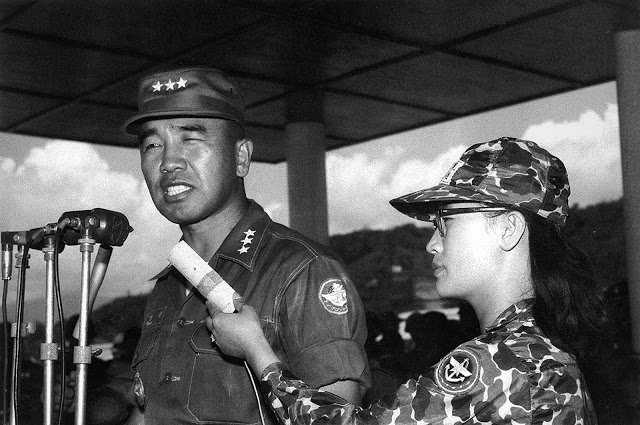
Chae Myung-shin 1926~2013
Commander of the ROK Army in Vietnam. During the Korean War, he read books related to Mao Zedong's guerrilla warfare. Although his slogan during the Vietnam War was to protect the people, he denied allegations of massacre.
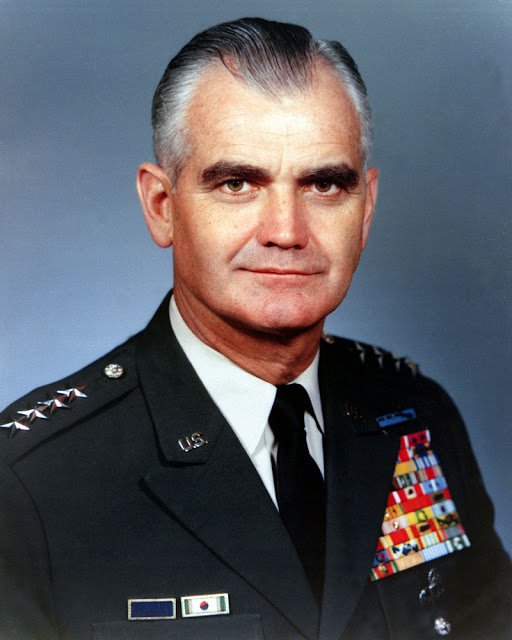
William Childs Westmoreland 1914~2005
US Army Commander. Sent a letter to Chae Myung-shin, commander of the ROK military, requesting clarification of the alleged cruelty of the ROK military. Even after the Tet Offensive, he insisted on bombarding North Vietnam, but is dismissed.
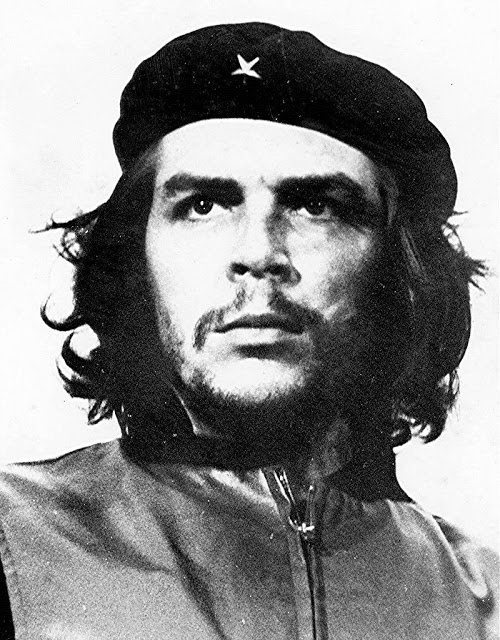
Che Guevara 1928~1967
Argentinian revolutionary. He played a leading role in the Cuban Revolution and became a minister but eventually resigns from everything. He was shot to death after struggling in the Bolivian jungle. He became an icon of resistance worldwide.
Oda Makoto 小田 實 1932~2007
A Japanese novelist who is the godfather of the Japanese anti-war peace movement. He moved the hearts of Japan-based U.S. soldiers who participated in the Vietnam War with his terse yet compelling anti-war works. He also aided U.S. Army deserters.
Takahashi Taketomo 高橋武智 1935~
A former professor of Rikkyo University. Resigned and went to France, where he learned how to make counterfeit passports. He made fake passports for U.S. deserters based in Japan and enabled them to escape abroad.
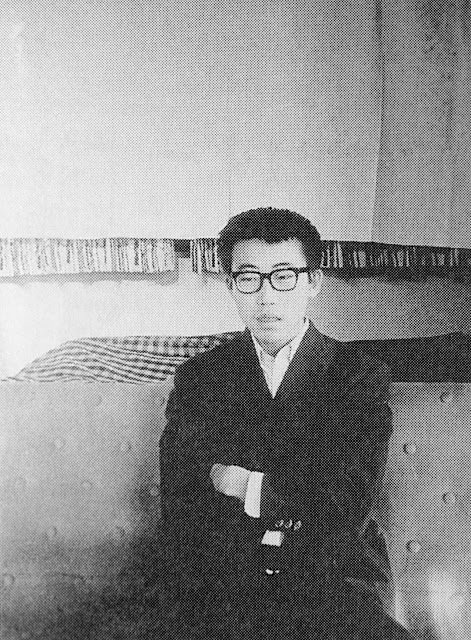
Kim Jin-soo, Kenneth C. Griggs 1946~
U.S. soldier from Korea, adopted by Americans during the Korean War. He entered the Vietnam War as a typist, but escaped to Sweden with the help of a few Japanese while on vacation to Japan.
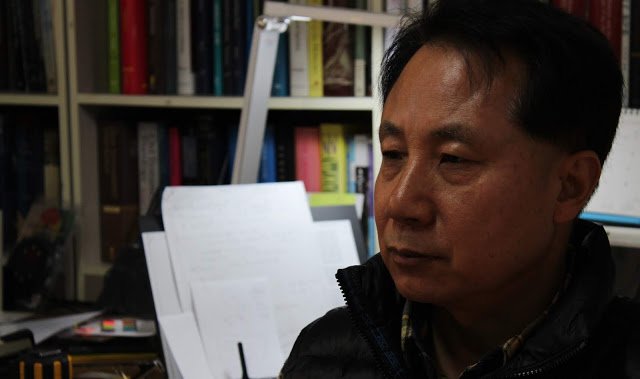
Ahn Yong-soo 1952~
Younger brother of Ahn Haksoo, a Vietnam veteran who suddenly appeared in Pyongyang when he was supposed to be in Vietnam. As his older brother was accused of deflecting to North Korea, their entire household became a mess. Even though he was only a high school student, he was taken to a security unit and tortured.
- Written by humank (Journalist; Seoul, Korea)
- Translated and revised as necessary by April Kim (Tokyo, Japan)
This series will be uploaded on Steemit biweekly on Monday.